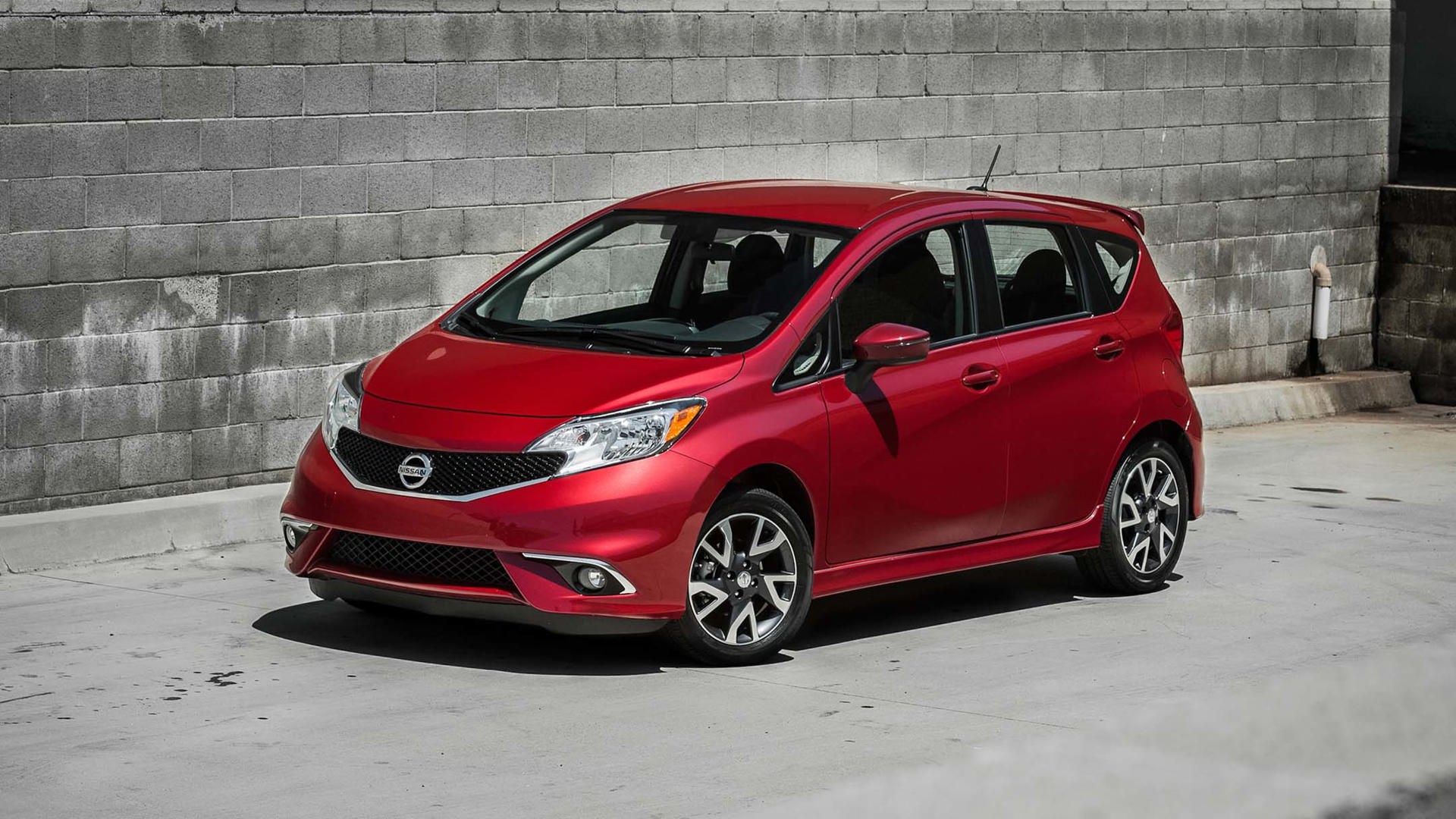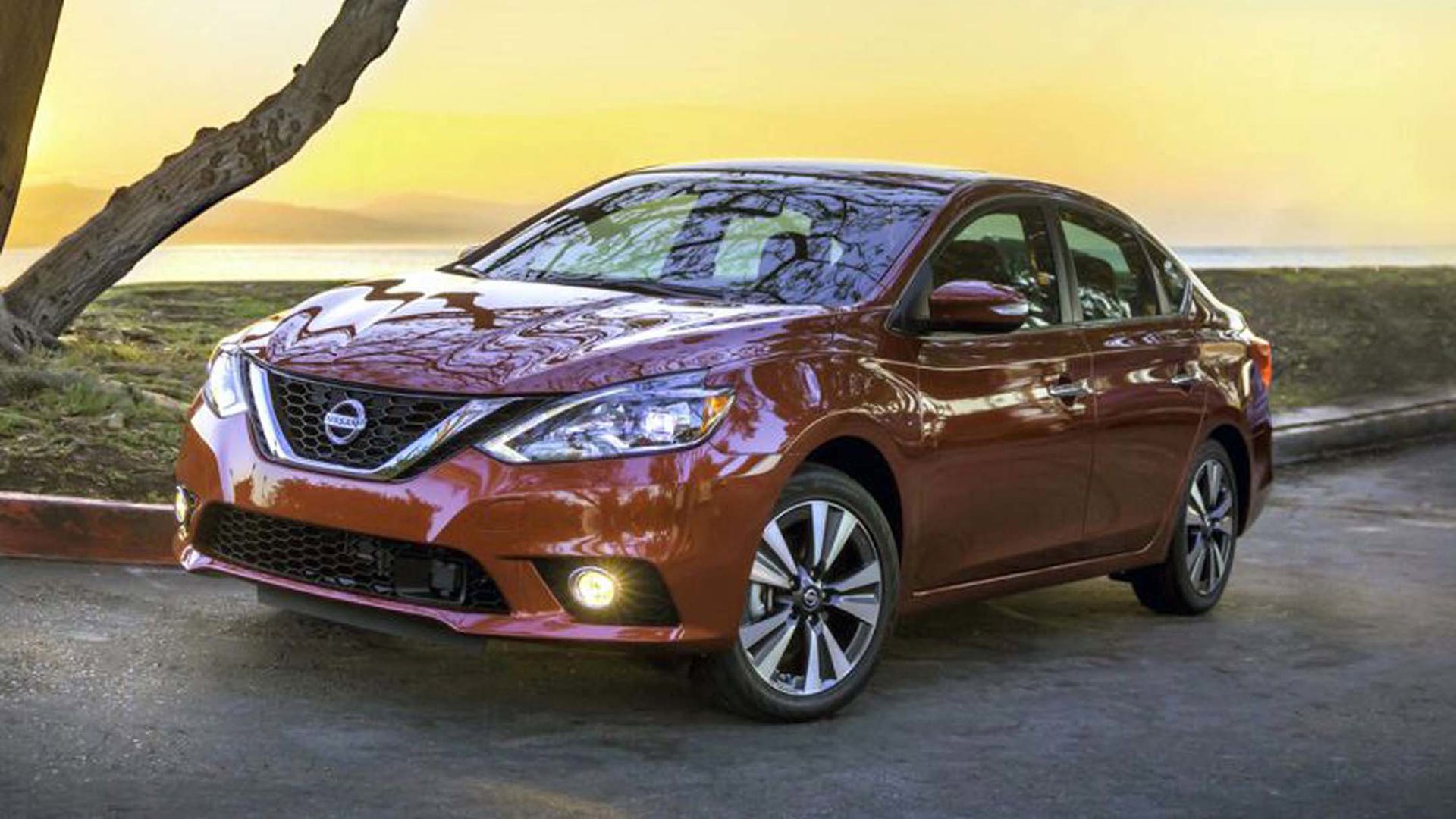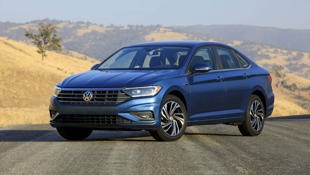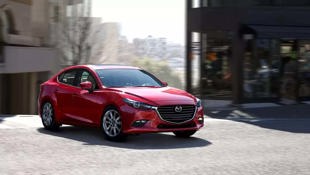Cars are truly international products, often being whipped together from an engine built on one continent and a chassis shipped from another, with final assembly sometimes even taking place in a third location. That makes it more difficult to pinpoint where, exactly, a vehicle is “built”, but for most customers it’s that last step when it acquires its “built here” identity.
Although the United States used to see the lion’s share of North American automotive production, Mexico has become one of the most popular places for companies to assemble their latest wares – no matter where the badge on the hood might originate. In fact, through the first half of 2018, the country actually produced a tad more cars than the US did (although the latter is still the leader once SUVs et al are factored into the equation).
Check out this list of cars, trucks, and SUVs on sale right now in Canada that are built in Mexico.
The Usual Suspects
Although for some companies Mexico is a relatively recent addition to their global manufacturing portfolio, for others the southernmost member of NAFTA has been a longtime player in building cars for the Canadian market.
Chief among these is Volkswagen, which has for decades churned out both the Volkswagen Jetta sedan and the Volkswagen Golf hatchback at its plant in Puebla. Not all of the world’s Golfs and Jettas are of Mexican origin, but the ones that appear in our showrooms definitely are (with additional production in China, Germany, Brazil, Indonesia, Russia, and soon Algeria, making it a truly international model).
Another, more surprising member of the Mexico club is the Ford Fusion, a vehicle which has undergone its final assembly in Hermosillo since 2006. That makes two generations of the mid-size sedan, along with the Lincoln MKZ (which together share their platform with the European-market Ford Mondeo) to have been constructed in Mexico. Ford has also built the subcompact Fiesta in Mexico since 2010 – nearly as long as the Fusion – but that particular vehicle is slated to disappear soon from Canadian showrooms.
Finally, there’s the Ram 1500, which has been produced in Saltillo in some form or another since way back in 1995, when it was still called the Dodge Ram (economists in the audience might recognize that year as precisely when NAFTA went into effect). While some Rams are still built in Michigan, there are 1500, 2500, and 3500 editions of the truck produced outside of America.
Small Fry
Compact and subcompact car assembly is a booming business in Mexico, if one is to look at the list of what ships up to Canada’s colder climes from the warmer nation’s bustling factories.
Chevrolet builds the Cruze hatchback in Mexico, alongside the Chevrolet Sonic – both vehicles that have their design roots in GM’s Korean operations. The Honda Fit, one of the top sellers in its segment, also calls Mexico its home for final assembly, as does the Kia Forte and the Kia Rio. Other small rides sourced from the south include the Nissan Versa Note (and the Versa sedan, which isn't sold here anymore), the Nissan Sentra, the Mazda3, the Toyota Yaris sedan (which is sold as the Mazda2 in other markets), and the Fiat 500.
SUVs too
Several SUVs are also included in the Mexican roundup. The Dodge Journey actually shares its Toluca factory with the previously mentioned Fiat 500, which also happens to be the same spot that just started manufacturing new versions of the Jeep Compass in 2017. FCA has one more utility vehicle built in Mexico, but it’s way more “van” than “sport”, and that’s the Ram ProMaster cargo and panel hauler.
Volkswagen and Audi also each build one SUV in Mexico, although at different plants. The Tiguan, which was redesigned for the 2017 model year, is built in Puebla, while Audi’s all-new Q5 will be assembled in San José Chiapa. Finally, Honda’s HR-V cute-ute, which is based on the also-Mexican Fit, is put together in Celaya.
Sometimes, it’s Specific
Sometimes, an automaker’s line-up will include both Mexican and domestic-built models, even if they’re wearing the same nameplate. Occasionally it’s due to supply issues – for example, General Motors imported and sold a handful of Chevrolet Cruze sedans into the United States from Mexico, despite building the vast majority of their US inventory in Ohio.
Other times, it’s standard operating procedure. The best example of this “some here, some there” build philosophy has to do with the General’s full-size pickups. Each and every one of the four-door crew cabs wearing the Chevrolet Silverado or GMC Sierra badge are built in Silao, Mexico. All the others? The regular cabs, extended cabs, etc? Michigan and Indiana.















































